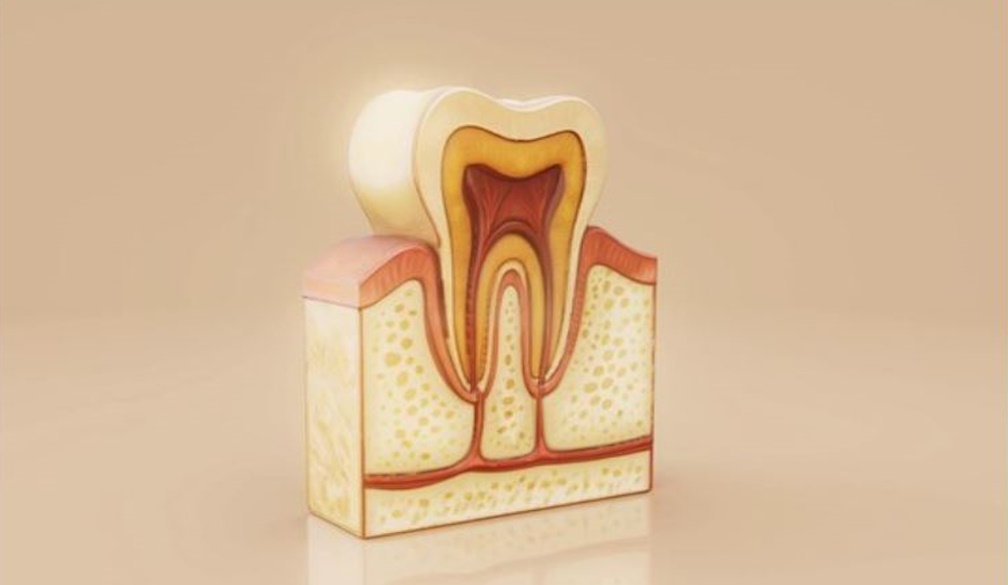Why a Safety Certified I/O Module Matters in Modern Industrial Automation

Every component in an automated system must work in harmony to ensure the safety of equipment and personnel. Among these components, the safety certified I/O module plays a pivotal role, acting as a trusted gatekeeper for critical signals and processes.
Understanding the Basics of a Safety Certified I/O Module
At its core, a safety certified I/O module is a hardware unit designed to manage input and output signals in safety-critical applications. These modules are specifically engineered to meet international safety standards, such as IEC 61508 or ISO 13849, which define functional safety requirements for electronic systems.
While standard I/O modules are responsible for transmitting signals between sensors, actuators, and control systems, a safety certified I/O module goes a step further. It incorporates diagnostic features, redundancy mechanisms, and fail-safe designs to ensure that even in the case of faults or interruptions, safety is maintained.
Why Functional Safety Is Non-Negotiable
Functional safety refers to the part of a system’s operation that ensures it responds correctly to inputs—even during a failure. In sectors like manufacturing, oil and gas, food processing, and automotive, one minor error can lead to massive consequences, including equipment damage, production downtime, or injury.
This is where a safety certified I/O module becomes indispensable. These modules are designed with integrity checks, system redundancy, and error-detection capabilities that can trigger emergency shutdowns, isolation of problem areas, or alerts to operators in real time.
Applications That Demand a Safety Certified I/O Module
In any industrial environment where human safety, product integrity, or equipment reliability is at stake, a safety certified I/O module is essential. In assembly lines using robotic arms, these modules ensure that the arm halts immediately if a human enters a designated safety zone. In process industries, they control valves, pumps, or motors under stringent safety logic, minimizing the risk of leaks, fires, or hazardous spills.
In logistics and warehouse automation, these modules help manage safety curtains, emergency stops, and interlocks, ensuring a smooth and hazard-free workflow.
Features That Set a Safety Certified I/O Module Apart
Not all I/O modules are created equal. A safety certified I/O module comes with a set of unique features designed to meet rigorous safety demands. These typically include channel-to-channel isolation, self-diagnostics, forced disconnection of unsafe outputs, and status feedback to controllers.
Moreover, these modules support both digital and analog signal types, making them versatile across different system designs. Their diagnostics often include monitoring for wire breaks, short circuits, cross faults, and communication loss—offering a much broader layer of insight compared to traditional I/O systems.
Integration with PLCs and Safety Controllers
A safety certified I/O module is usually used in conjunction with programmable logic controllers (PLCs) or dedicated safety controllers. These modules feed signals from sensors, such as light curtains or emergency stop buttons, to the safety PLC. Based on pre-programmed safety logic, the controller evaluates the signal and determines the appropriate response—whether it’s shutting down a machine or alerting an operator.
Some modules are compatible with safety bus systems such as PROFIsafe, CIP Safety, or EtherCAT Safety, enabling seamless integration into complex industrial networks. This type of integration allows for centralized monitoring and real-time diagnostics—critical for predictive maintenance and operational transparency.
Certification and Compliance: A Mark of Reliability
The term safety certified I/O module isn’t just a label—it signifies that the module has passed extensive third-party testing and validation. Certifications from organizations like TÜV or UL confirm that the module meets specific Safety Integrity Level (SIL) or Performance Level (PL) standards.
When a company chooses certified hardware, it not only ensures compliance with local and international regulations but also reduces liability in case of incidents. It’s an investment in both safety and long-term operational efficiency.
Cost vs. Risk: The Business Case for Certified Safety
While safety certified I/O modules are typically more expensive than their standard counterparts, the cost must be weighed against potential risks. Equipment damage, unplanned downtime, and workplace accidents can far outweigh the initial investment in certified hardware.
These modules also support proactive maintenance by continuously monitoring system health, which can significantly reduce long-term repair costs and extend equipment life.
Looking Ahead: The Future of Safety-Centric Automation
With the rise of Industry 4.0 and smart factories, the demand for advanced safety features in automation is only growing. A modern safety certified I/O module not only ensures compliance and safety but also contributes to digital transformation goals. Integrated with IoT sensors and AI-based diagnostics, these modules are evolving into intelligent nodes capable of predictive analytics and remote control.
As safety and automation become increasingly interlinked, the role of the safety certified I/O module will continue to expand. It will no longer be seen as just a safety device, but a key enabler of reliable and efficient operations.
Conclusion: Safety Is Not Optional—It’s a Design Principle
In environments where speed and efficiency are prioritized, overlooking safety can be a costly mistake. A safety certified I/O module ensures that your automation system meets safety regulations without compromising performance. It acts as the silent guardian, constantly checking for inconsistencies and acting swiftly to prevent disasters.
Whether you're retrofitting an existing system or building one from the ground up, including safety certified I/O modules in your design is a step toward smarter, safer, and more reliable industrial automation.













